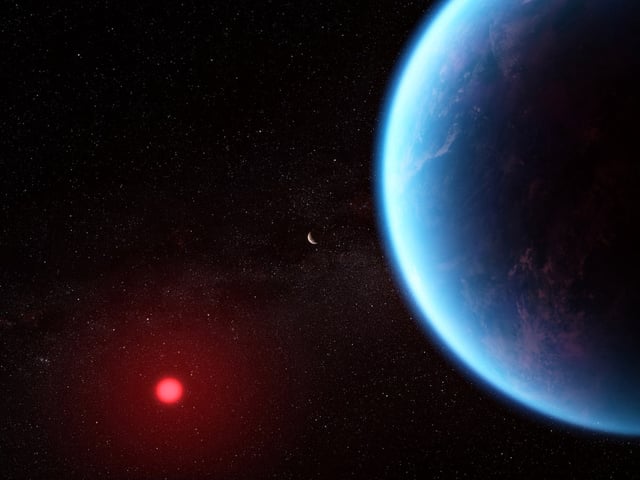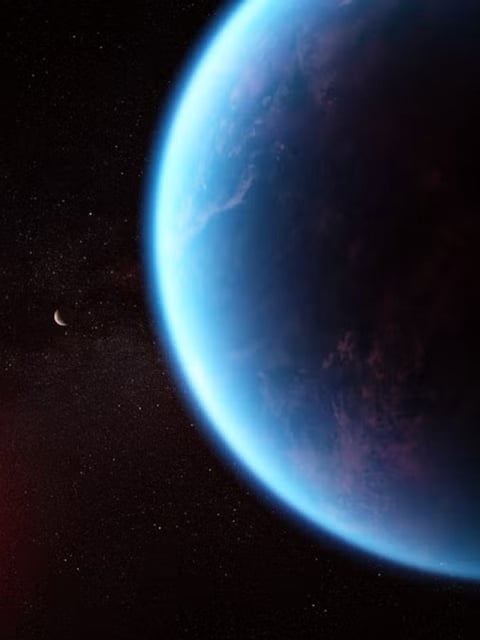Overview
- Astronomers using the James Webb Space Telescope reported a 99.7% confidence detection of dimethyl sulfide (DMS) in the atmosphere of K2-18b, a molecule associated with life on Earth.
- K2-18b, located 124 light-years away, is classified as a potential hycean world with deep oceans beneath a hydrogen-rich atmosphere within its star's habitable zone.
- The detection of DMS, alongside methane and carbon dioxide, supports the hypothesis of a biologically active environment, though alternative non-biological explanations remain plausible.
- Skepticism persists in the scientific community, with experts calling for additional data to reach the five-sigma threshold needed for definitive confirmation of a biosignature.
- NASA and researchers emphasize the need for further observations and independent verification to rule out false positives and strengthen the case for life beyond Earth.



